Johnsonᅠ &ᅠ Johnson launched BAND-AID Brand Adhesive Bandages
In 1921, Johnsonᅠ &ᅠ Johnson launched BAND-AID Brand Adhesive Bandages. The bandages were invented by employee Earle Dickson,…
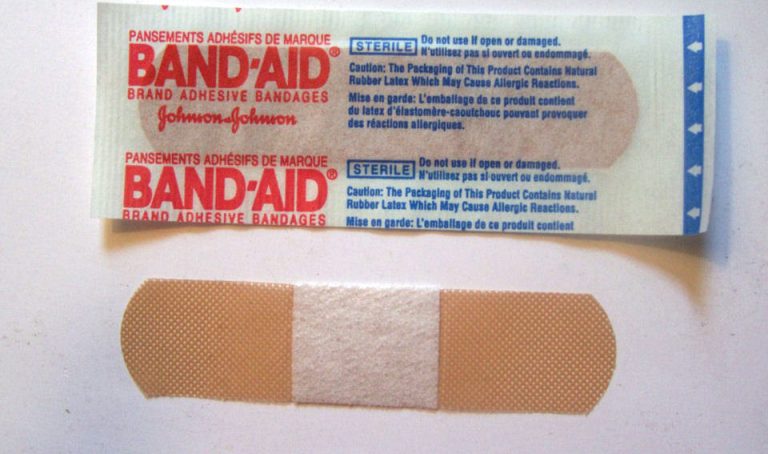
In 1921, Johnsonᅠ &ᅠ Johnson launched BAND-AID Brand Adhesive Bandages. The bandages were invented by employee Earle Dickson,…
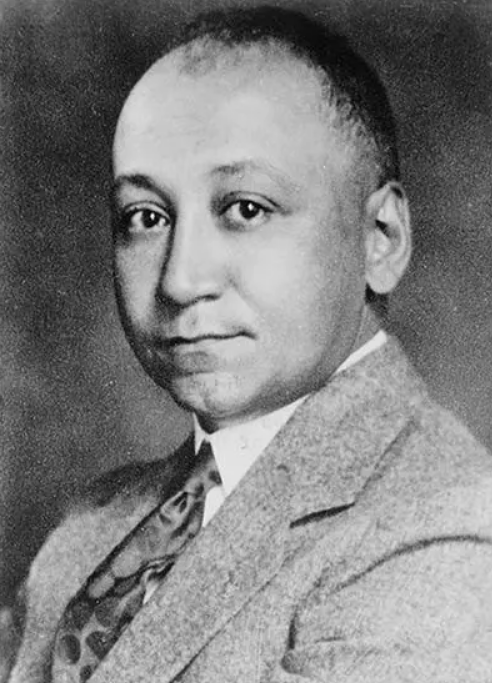
In 1919, Dr. Louis T. Wright became the first African American physician at Harlem Hospital. Wright earned a…
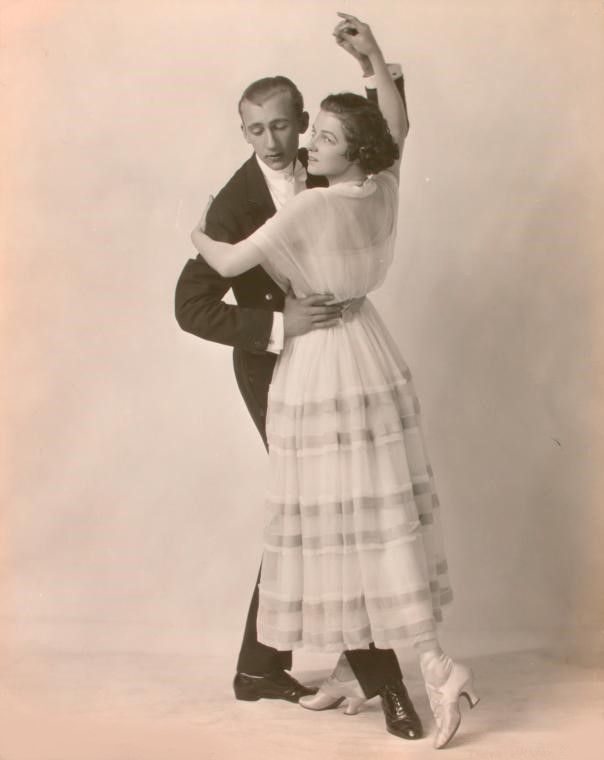
On Nov. 11, 1918, Albany’s theaters and schools reopened, signifying a return to normalcy after epidemic orders were…
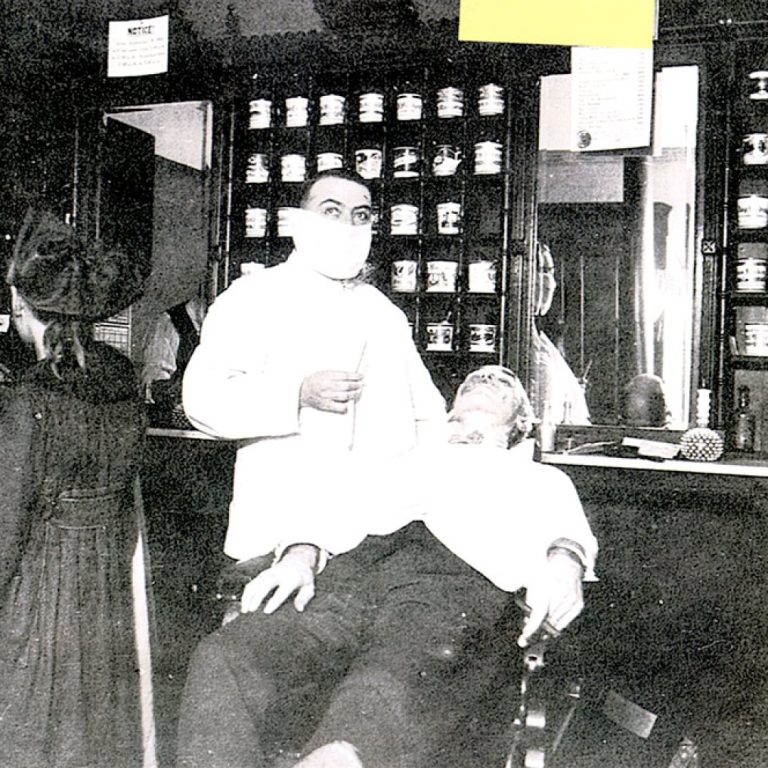
On Nov. 4, 1918, New York’s declining daily influenza case counts led to an ending of any staggered…
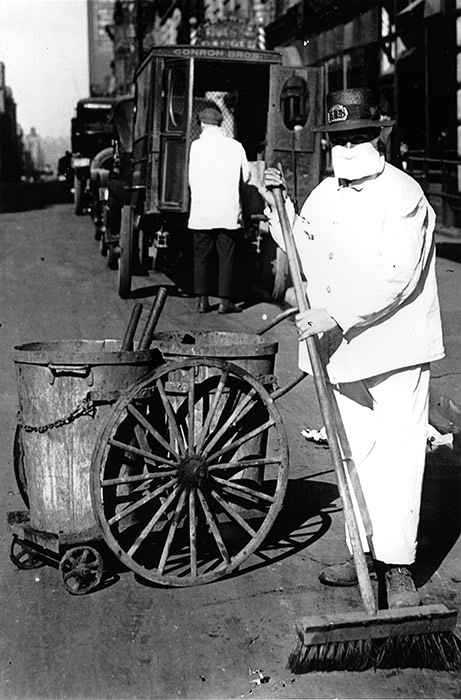
On Nov. 1, 1918, the city of Albany reported 7,091 cases of influenza, and no hospital deaths were…
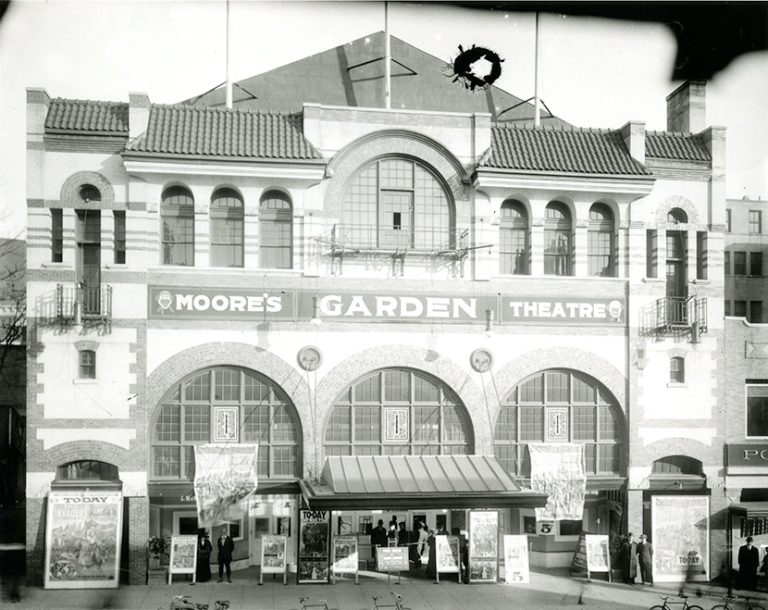
Oct. 24, 1918, the city of Albany was reopened. Schools and most movie houses were to remain closed…
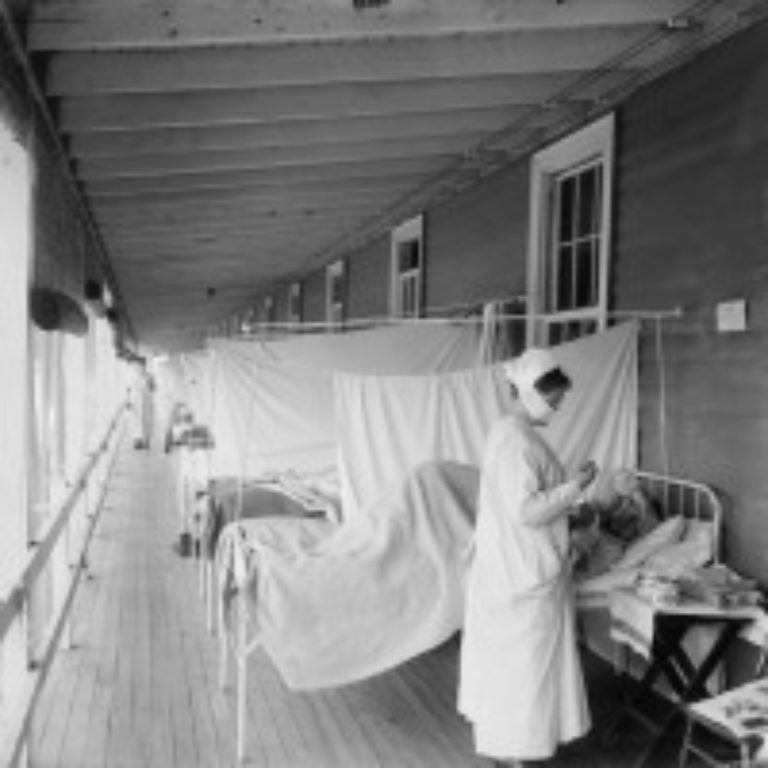
By Oct. 19, 1918, the epidemic continued to grow worse. On October 19, physicians reported 4,875 new cases…
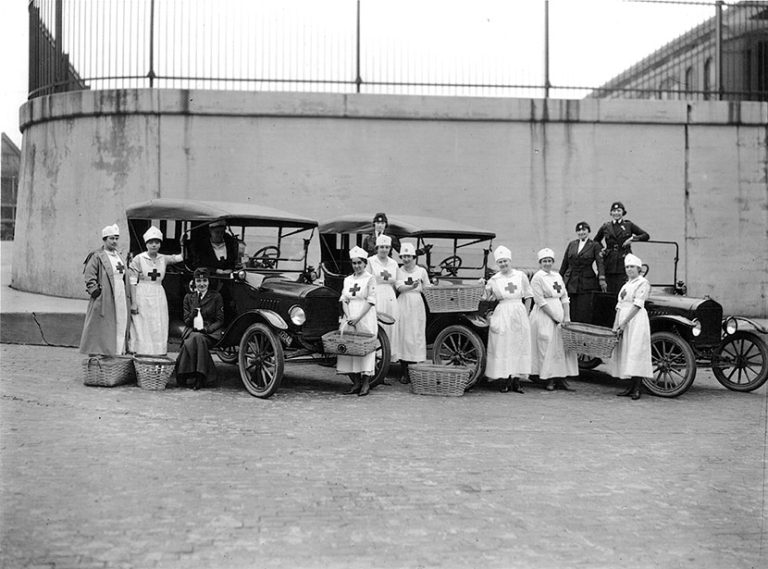
On Oct. 12, 1918, New York’s health officers created an Emergency Advisory Committee for assistance with the influenza…
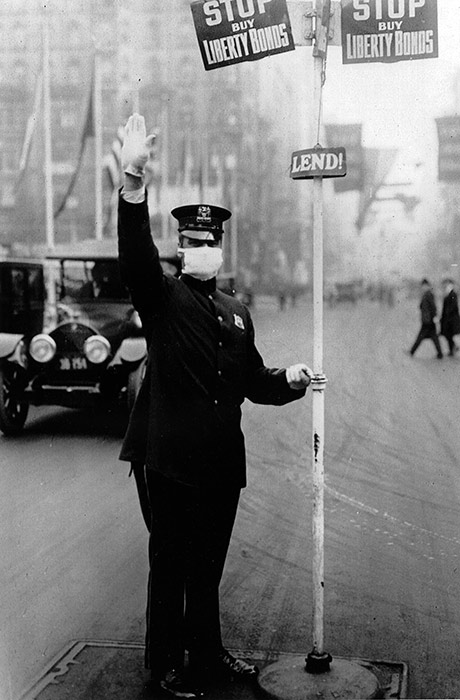
On Oct. 8, 2018, Albany Commissioner of Public Safety James Sheldon Frost ordered all schools, churches, theaters, movie…

On Oct. 7, 2018, Albany physicians reported approximately 6,000 cases of influenza. The next day, as dozens of…
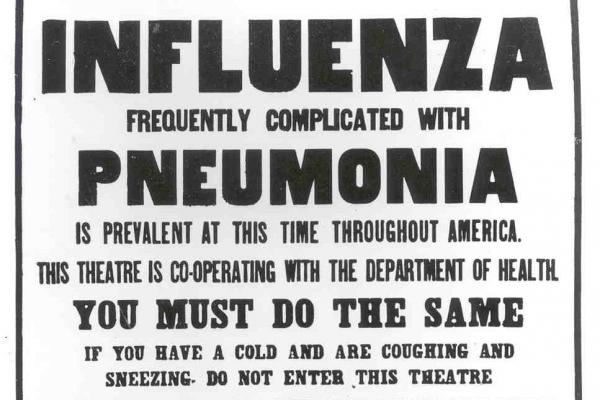
By Oct. 4, 1918, physicians in New York reported 999 new influenza cases for the previous 24-hour period,…
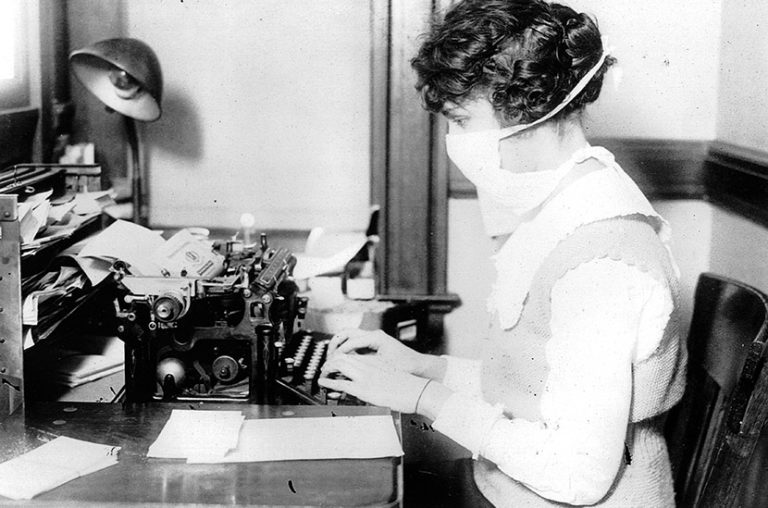
On Oct. 4, 1918, New York’s board of health enacted staggered schedules for business operations throughout the city…
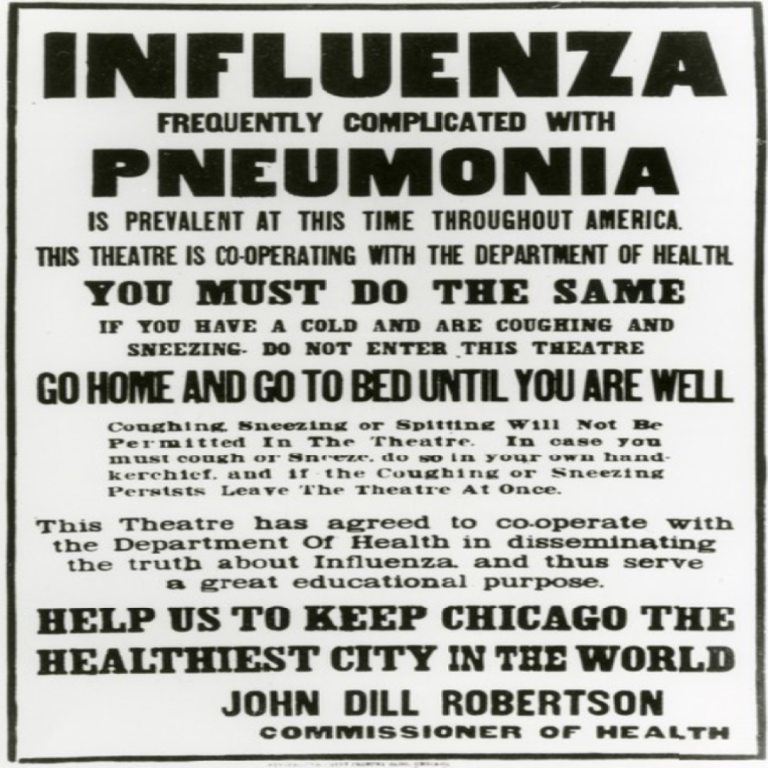
On Sept. 27, 2018, New York State Health Commissioner Dr. Herman Biggs issued information to New York state…
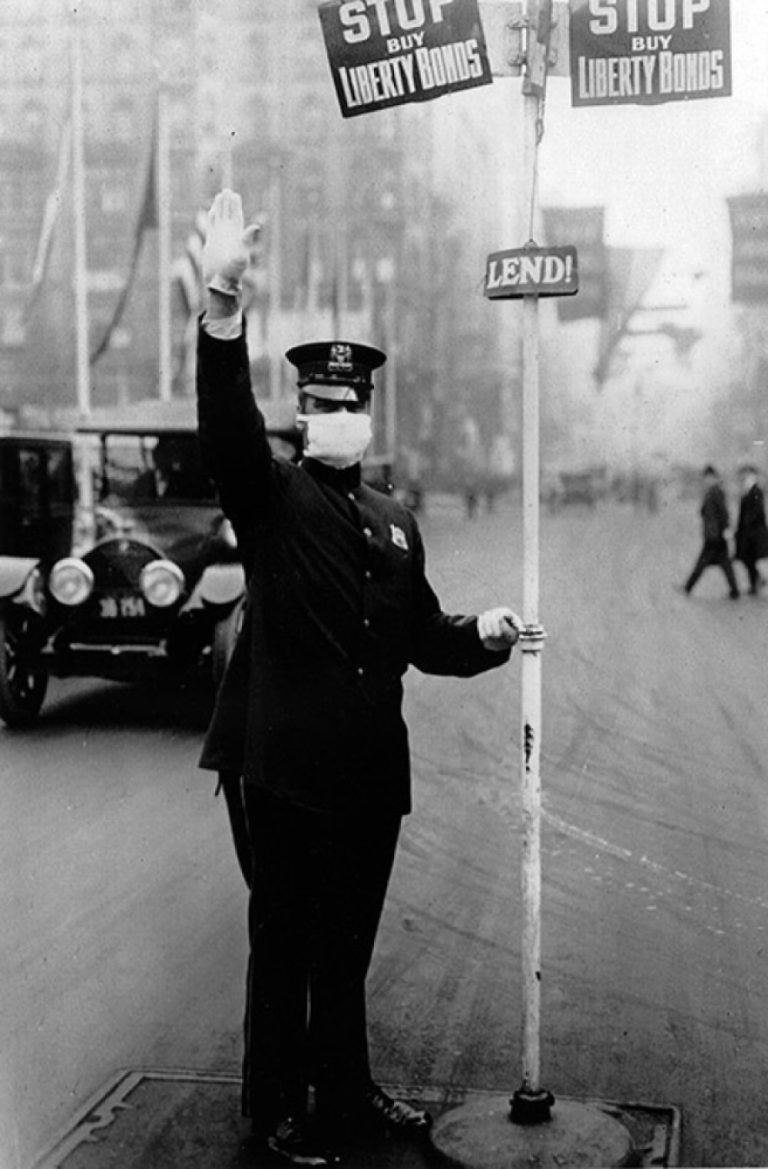
On Sept. 17, 1918, NYC’s Board of Health made influenza a reportable disease, requiring quarantine for infected patients….

On Sept. 12, 1918, following the arrival of a number of ships with influenza-infected passengers, New York Cityメs…

On Aug. 11, 1918, the first influenza epidemic cases arrived in New York City with a Norwegian vessel…
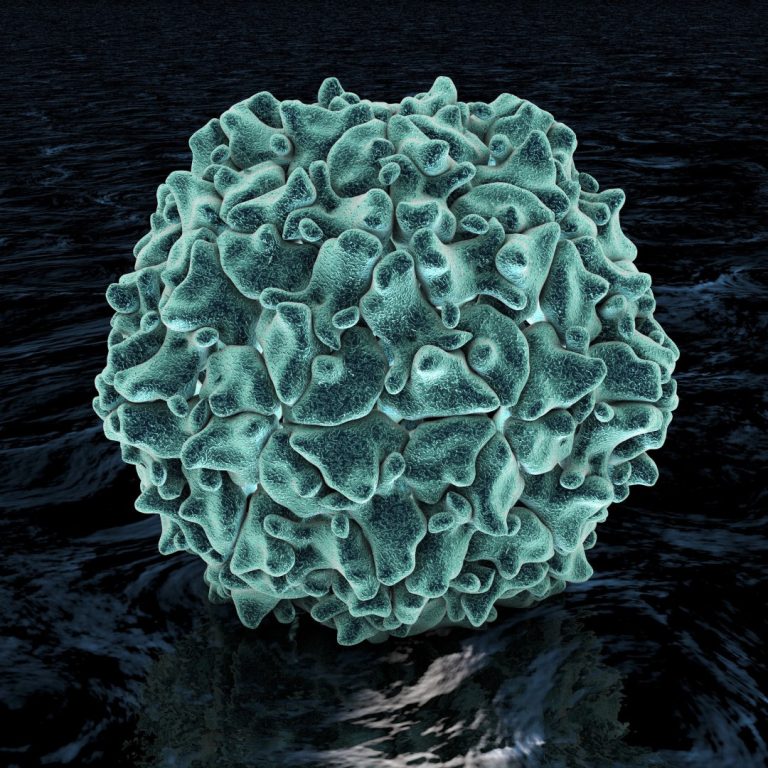
On Jun. 17, 1916, New York City experienced the first large epidemic of polio (poliomyletis), with over 9,000…
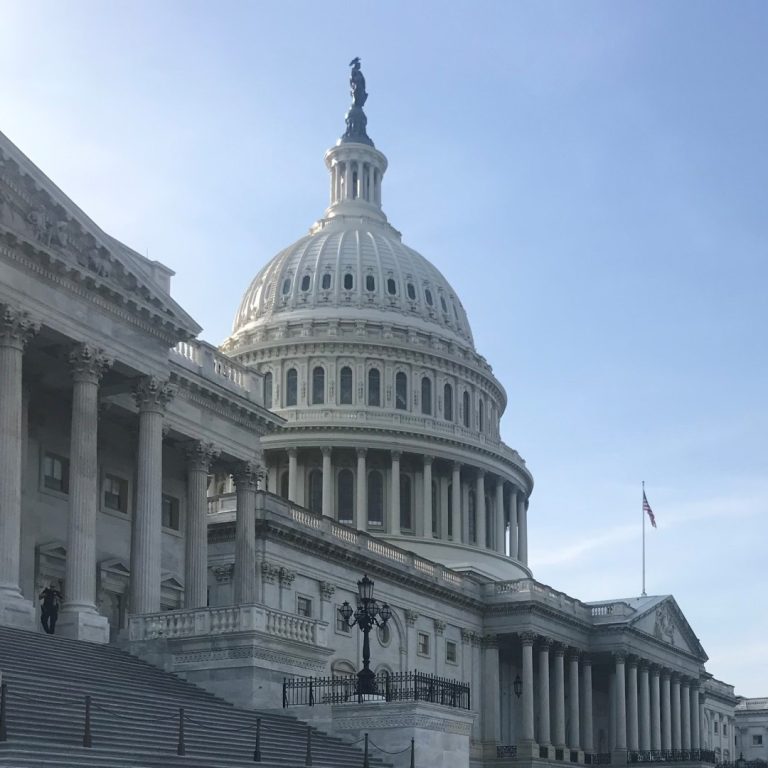
On Dec. 17, 1914. the Harrison Narcotic Act was passed by the U.S. Congress which mandated narcotic and…

On May 22, 1913, The American Society for the Control of Cancer was created at a meeting of…

In 1910, James Wood Johnson takes over the leadership of Johnsonᅠ &ᅠ Johnson, a position he held until…
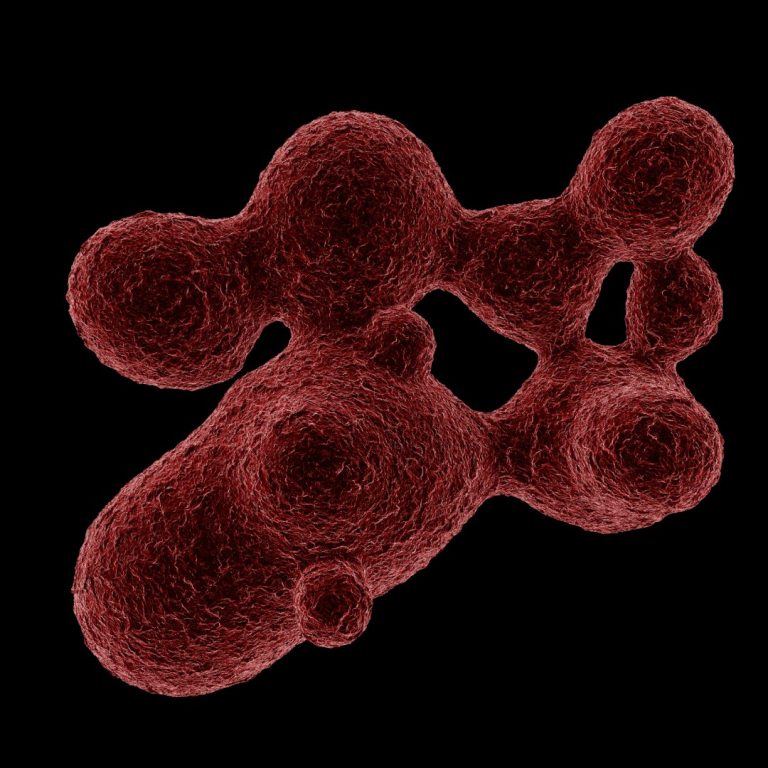
In 1908, Mount Sinai’s Reuben Ottenberg first published mention of using blood test for compatibility before human blood…
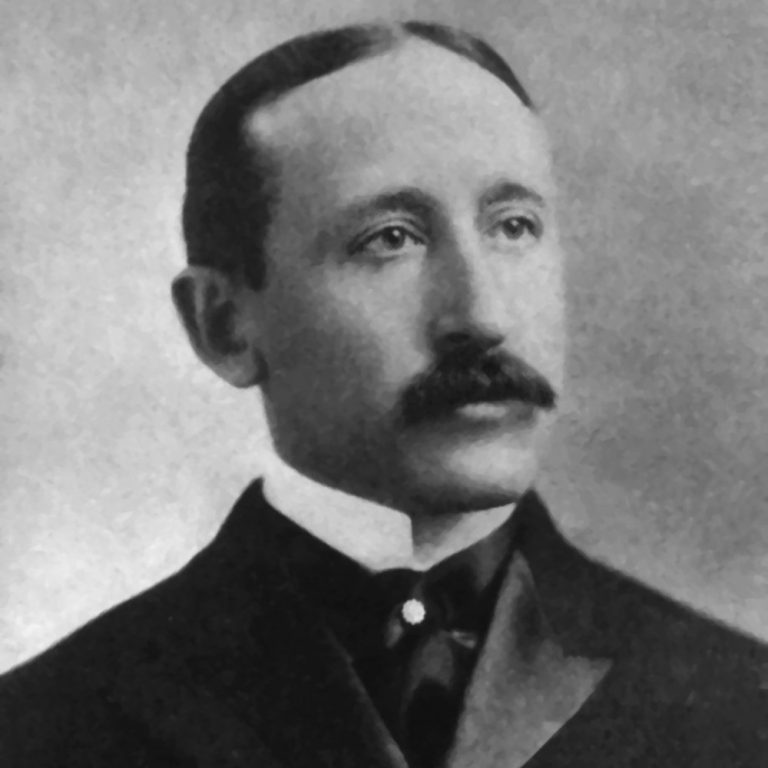
On Nov. 15, 1907, the American Association for Cancer Research (AACR) held its first annual meeting at the…
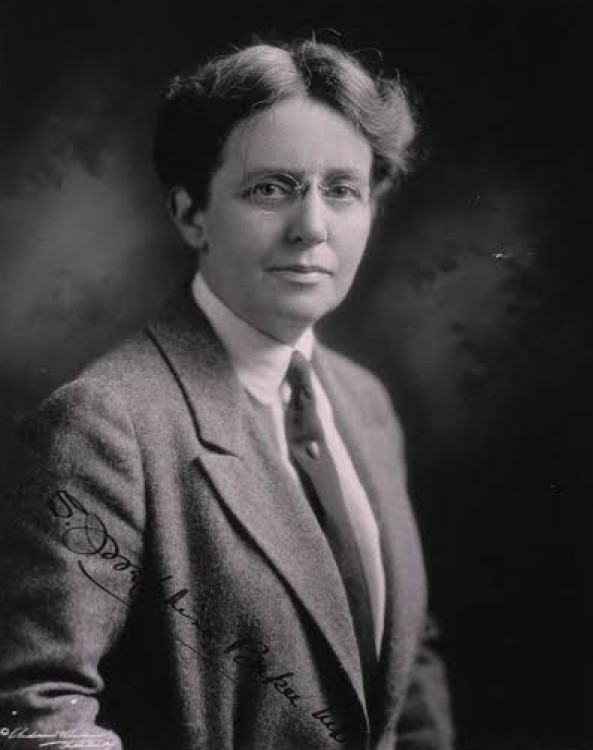
In 1907, Dr. Sara Josephine Baker and sanitation engineer. George Soper at the New York City Department of…

In 1907, Charles R. Bard founded C. R. Bard in New York City. Bard’s first business involved importing…
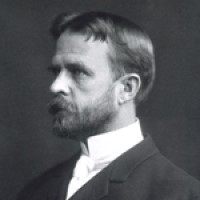
In 1904, developmental biologist Thomas Hunt Morgan was appointed professor of experimental zoology at Columbia University in New…
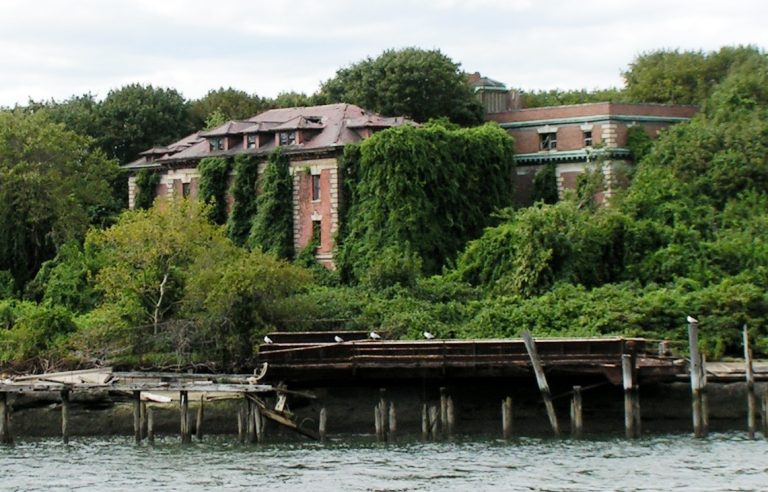
In 1903, the New York City Department of Health opened a quarantine facility at Riverside Hospital on North…
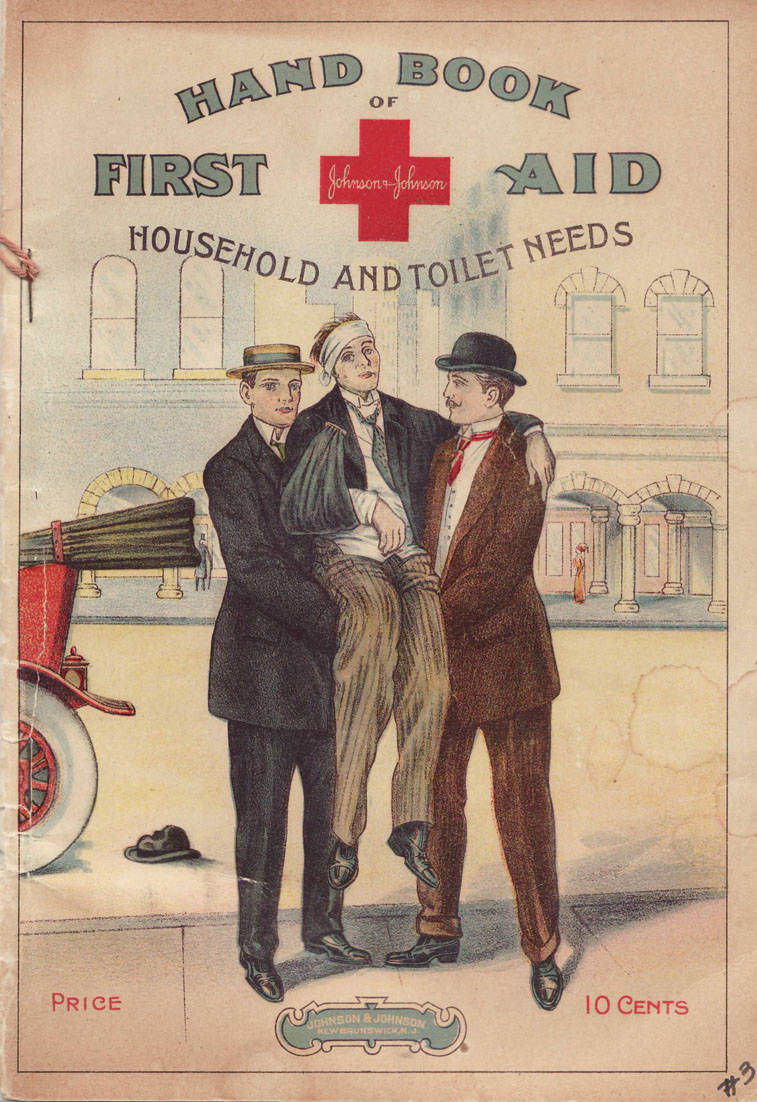
In 1901, Johnsonᅠ &ᅠ Johnson published the first First Aid Manuals, using proven best practices from leading physicians….
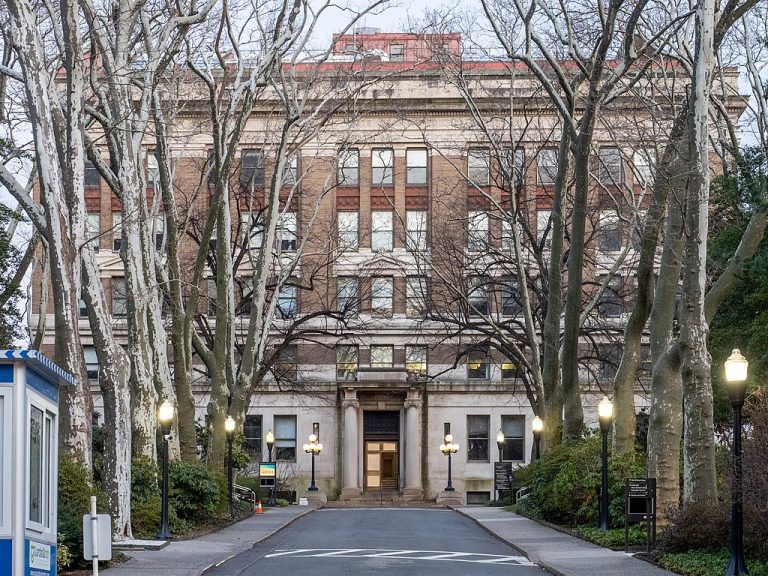
In January 1901, after John D. Rockefeller Sr.’s grandson died from scarlet fever, the capitalist and philanthropist formalized…
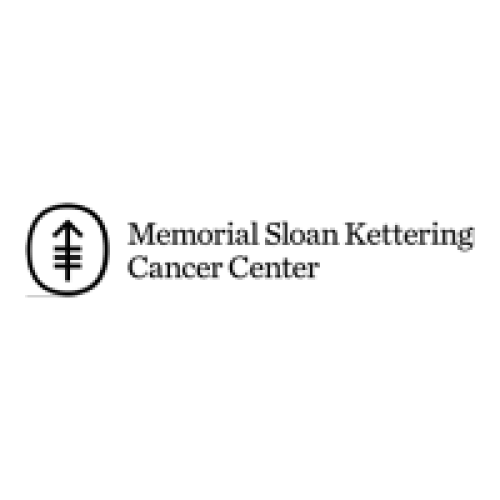
In 1899, New York Cancer Hospital on Manhattan’s Upper West Side (Memorial Sloan-Kettering Cancer Center) was renamed the…
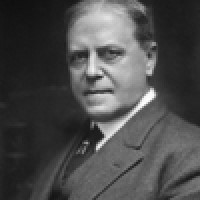
In 1898, the Gratwick Research Laboratory, now known as the Roswell Park Cancer Institute (RPCI) was founded by…